Sustainability Initiatives in Outdoor LED Display Market
Sustainability initiatives are gaining traction within the Outdoor LED Display Market, as companies increasingly prioritize eco-friendly practices. The shift towards energy-efficient LED technology not only reduces power consumption but also minimizes the carbon footprint associated with outdoor advertising. Many manufacturers are now focusing on producing displays that utilize recyclable materials and have longer lifespans, which aligns with global sustainability goals. Market data indicates that displays with lower energy consumption can lead to operational cost savings of up to 30%, making them an attractive option for businesses. This trend towards sustainability is likely to influence purchasing decisions, as consumers and companies alike become more environmentally conscious.
Technological Advancements in Outdoor LED Display Market
The Outdoor LED Display Market is experiencing rapid technological advancements that enhance display quality and functionality. Innovations such as high-resolution displays, energy-efficient LED technology, and smart connectivity features are becoming increasingly prevalent. For instance, the integration of Internet of Things (IoT) capabilities allows for real-time content updates and remote management, which is particularly appealing to advertisers. According to recent data, the market for outdoor LED displays is projected to grow at a compound annual growth rate (CAGR) of approximately 10% over the next five years. This growth is largely driven by the demand for more dynamic and engaging advertising solutions, which are facilitated by these technological improvements.
Interactive Advertising Trends in Outdoor LED Display Market
The rise of interactive advertising is reshaping the Outdoor LED Display Market, as brands seek to engage consumers in more immersive ways. Interactive displays, which allow for user participation through touch or mobile integration, are becoming increasingly popular. This trend is supported by data showing that interactive advertisements can increase consumer engagement rates by up to 70%. As advertisers look for innovative ways to capture attention, the demand for interactive outdoor LED displays is expected to rise. This shift not only enhances the effectiveness of advertising campaigns but also provides valuable data on consumer behavior, further driving the growth of the market.
Regulatory Support and Incentives in Outdoor LED Display Market
Regulatory support and incentives are playing a crucial role in shaping the Outdoor LED Display Market. Governments in various regions are increasingly recognizing the economic benefits of outdoor advertising and are implementing policies that facilitate the installation of LED displays. These policies may include tax incentives, streamlined permitting processes, and support for innovative advertising technologies. Market analysis indicates that regions with favorable regulatory environments tend to experience faster growth in outdoor LED display installations. This supportive framework not only encourages investment in the industry but also fosters innovation, ultimately contributing to the overall expansion of the market.
Urbanization and Infrastructure Development in Outdoor LED Display Market
Urbanization and infrastructure development are significant drivers of growth in the Outdoor LED Display Market. As cities expand and modernize, the demand for eye-catching advertising solutions increases. Urban areas are increasingly adopting outdoor LED displays in high-traffic locations, such as transportation hubs and commercial districts, to capture the attention of passersby. Recent statistics suggest that urban populations are projected to grow by over 60% by 2030, leading to a surge in demand for outdoor advertising. This trend presents a substantial opportunity for manufacturers and advertisers to capitalize on the growing urban landscape, thereby driving the expansion of the outdoor LED display market.

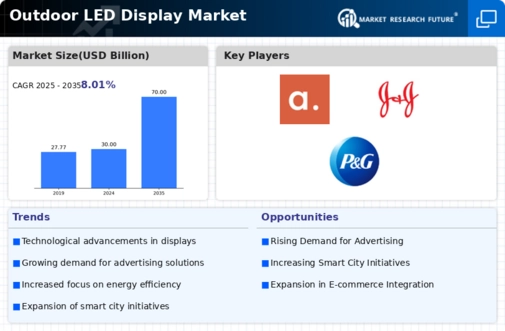
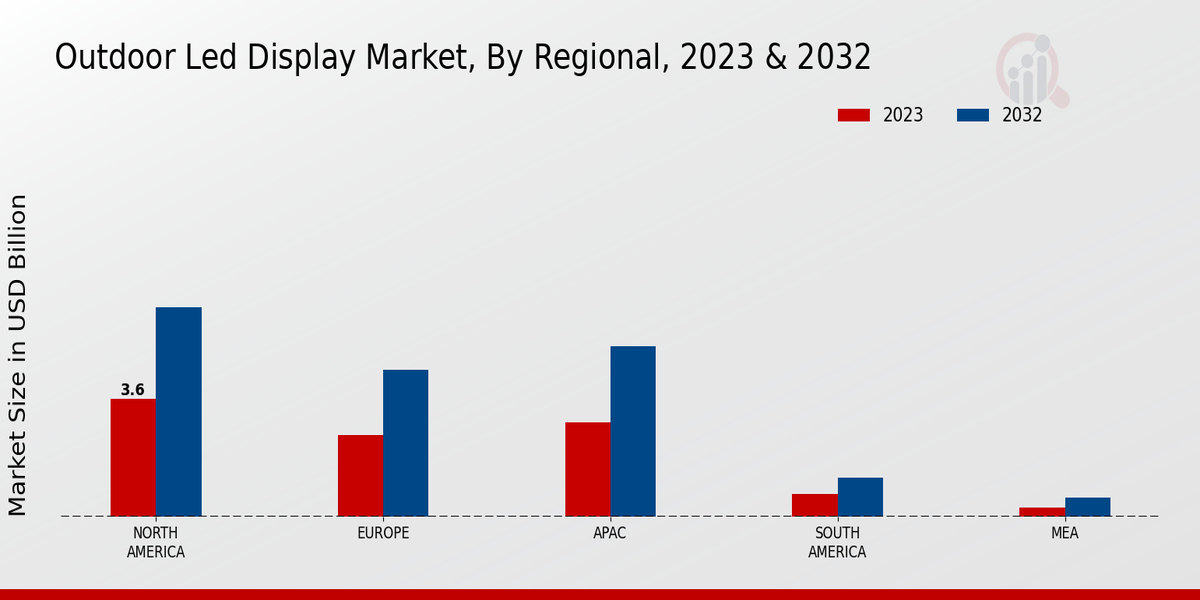

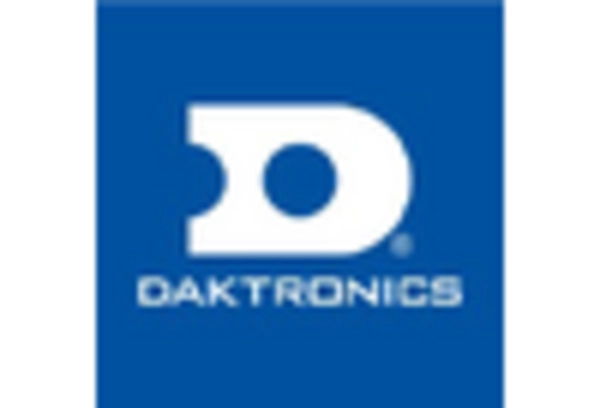
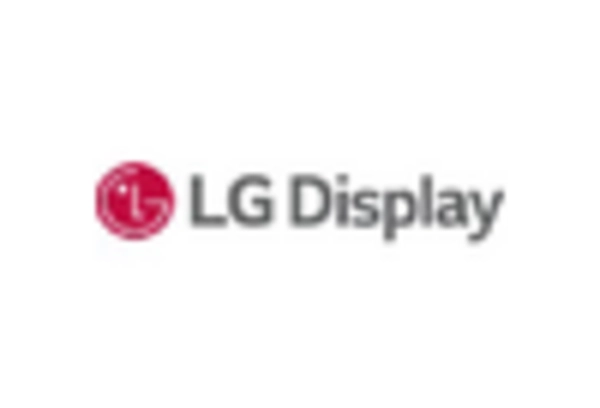
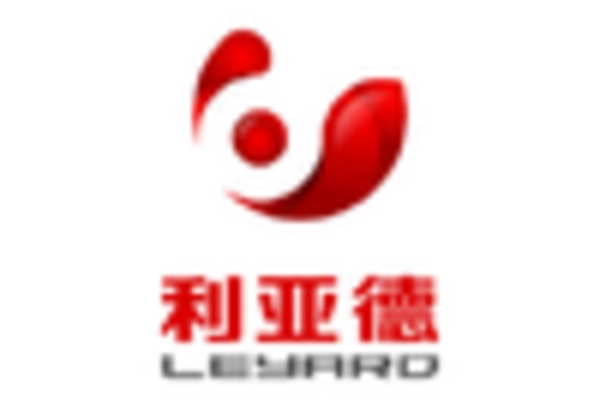
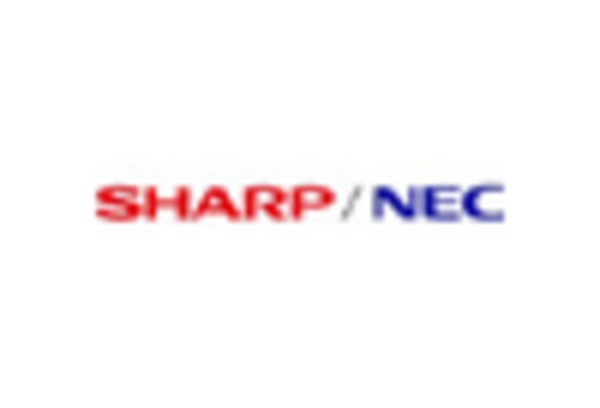









Leave a Comment